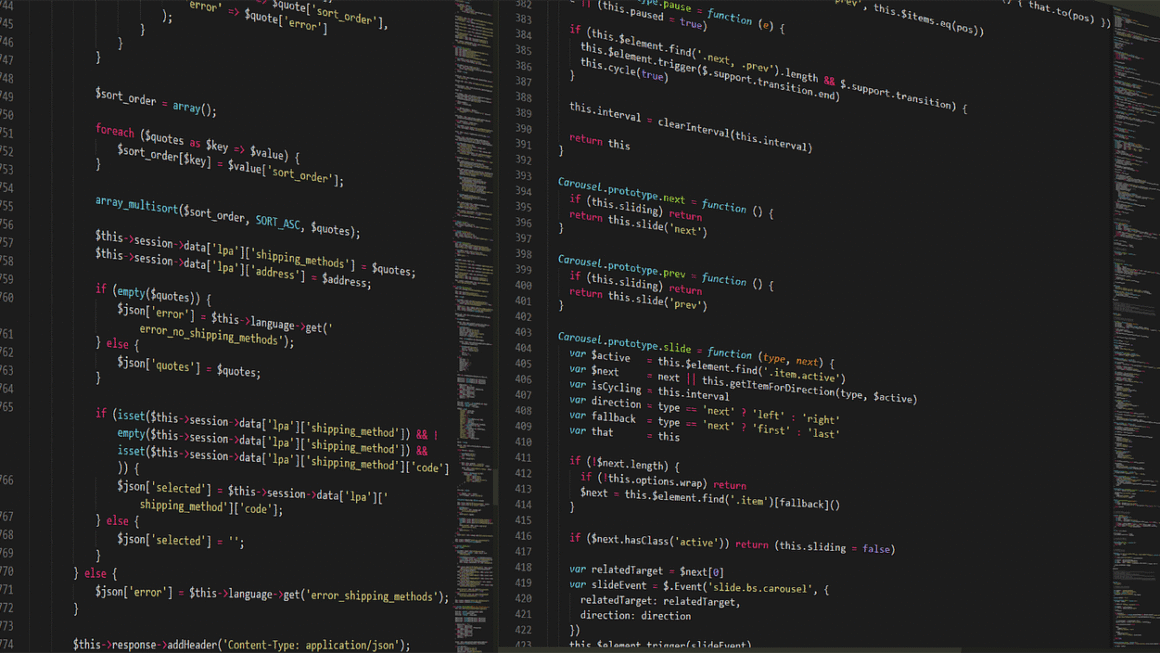Cybersecurity isn’t just a tech buzzword; it’s the digital shield protecting our personal information, businesses, and even national infrastructure in an increasingly interconnected world. From the passwords we create to the software we use, every aspect of our digital lives is a potential entry point for cyber threats. Understanding and implementing robust cybersecurity measures is no longer optional; it’s an absolute necessity for individuals and organizations alike.
Understanding the Landscape of Cybersecurity Threats
Cybersecurity threats are constantly evolving, becoming more sophisticated and harder to detect. Staying informed about the different types of threats is the first step in building a strong defense.
Common Types of Cyber Threats
- Malware: Malicious software like viruses, worms, and Trojans designed to harm computer systems, steal data, or gain unauthorized access. For example, ransomware encrypts your files and demands payment for their release. A recent study by Cybersecurity Ventures predicted that ransomware damages will cost the world $265 billion by 2031.
- Phishing: Deceptive emails, messages, or websites designed to trick individuals into revealing sensitive information like passwords or credit card details. A common example is an email pretending to be from your bank requesting you to verify your account details.
- Social Engineering: Manipulating individuals into performing actions or divulging confidential information. This often involves psychological manipulation and exploiting trust. An example is pretending to be IT support to gain access to a user’s computer.
- Denial-of-Service (DoS) and Distributed Denial-of-Service (DDoS) Attacks: Overwhelming a system with traffic to make it unavailable to legitimate users. DDoS attacks utilize multiple compromised systems to amplify the attack.
- SQL Injection: Exploiting vulnerabilities in database-driven applications to gain unauthorized access to the database. This can allow attackers to steal, modify, or delete data.
- Zero-Day Exploits: Attacks that exploit vulnerabilities that are unknown to the software vendor, leaving systems vulnerable until a patch is released.
The Impact of Cyberattacks
The consequences of a cyberattack can be devastating, ranging from financial losses to reputational damage and even legal repercussions.
- Financial Losses: Direct costs related to data breaches, including legal fees, fines, remediation costs, and lost business. IBM’s 2023 Cost of a Data Breach Report found that the average cost of a data breach reached $4.45 million.
- Reputational Damage: Loss of customer trust and confidence, leading to long-term damage to brand reputation.
- Operational Disruptions: Business interruptions due to system downtime, data loss, or inability to access critical resources.
- Legal and Regulatory Penalties: Fines and sanctions for non-compliance with data protection regulations like GDPR or HIPAA.
Building a Strong Cybersecurity Posture
A robust cybersecurity posture requires a multi-layered approach, combining technology, policies, and user awareness.
Implementing Technical Safeguards
- Firewalls: Act as a barrier between your network and the outside world, blocking unauthorized access. Configure firewalls to allow only necessary traffic and regularly update their rules.
- Antivirus and Anti-Malware Software: Detect and remove malicious software from your systems. Ensure software is kept up-to-date with the latest virus definitions. Consider using Endpoint Detection and Response (EDR) solutions for advanced threat detection.
- Intrusion Detection and Prevention Systems (IDPS): Monitor network traffic for suspicious activity and automatically block or alert administrators to potential threats.
- Virtual Private Networks (VPNs): Encrypt your internet connection to protect your data from eavesdropping, especially when using public Wi-Fi.
- Regular Security Audits and Penetration Testing: Identify vulnerabilities in your systems and applications before attackers can exploit them.
Establishing Security Policies and Procedures
- Password Management Policy: Enforce strong passwords, require regular password changes, and consider multi-factor authentication (MFA). MFA adds an extra layer of security by requiring a second form of verification, such as a code sent to your phone.
- Data Backup and Recovery Plan: Regularly back up your data and test your recovery procedures to ensure you can restore your systems in the event of a data loss incident. Follow the 3-2-1 rule: keep three copies of your data on two different media, with one copy stored offsite.
- Incident Response Plan: Develop a plan to respond to and recover from security incidents. This plan should outline roles and responsibilities, communication procedures, and steps for containing and eradicating the threat.
The Importance of User Awareness Training
Even the best technology can be bypassed if users are not aware of security threats.
- Phishing Simulations: Regularly conduct phishing simulations to test employees’ ability to identify and avoid phishing attacks.
- Security Awareness Training: Educate employees about common cyber threats, security best practices, and the importance of following security policies. Training should cover topics such as password security, social engineering, and data protection.
- Promote a Culture of Security: Encourage employees to report suspicious activity and make security a shared responsibility across the organization.
Securing Your Data: A Comprehensive Guide
Data security is paramount. Here’s how to safeguard your sensitive information.
Data Encryption
- Encrypt Data at Rest: Encrypt sensitive data stored on your computers, servers, and cloud storage. Encryption transforms data into an unreadable format, protecting it from unauthorized access.
- Encrypt Data in Transit: Use encryption protocols like HTTPS to secure data transmitted over the internet. Ensure websites use SSL/TLS certificates to encrypt communication between the web server and the user’s browser.
Access Control
- Role-Based Access Control (RBAC): Grant users access only to the data and resources they need to perform their job duties. Implement the principle of least privilege, granting users the minimum level of access required.
- Multi-Factor Authentication (MFA): Require users to provide multiple forms of authentication to verify their identity. This can include something they know (password), something they have (security token), or something they are (biometric scan).
- Regularly Review and Update Access Permissions: Periodically review user access permissions to ensure they are still appropriate. Remove access for terminated employees and update permissions for employees who change roles.
Data Loss Prevention (DLP)
- Implement DLP Solutions: Use DLP software to monitor and prevent sensitive data from leaving your organization’s control. DLP solutions can detect and block unauthorized data transfers, such as sending sensitive documents via email or copying them to USB drives.
- Data Masking and Anonymization: Use data masking techniques to protect sensitive data used in testing and development environments. This involves replacing real data with fictitious data that preserves the format and structure of the original data.
Staying Ahead of the Curve: Continuous Improvement
Cybersecurity is not a one-time effort; it’s an ongoing process.
Monitoring and Threat Intelligence
- Implement Security Information and Event Management (SIEM) Systems: Collect and analyze security logs from various sources to detect and respond to security incidents. SIEM systems can correlate events, identify patterns, and generate alerts for suspicious activity.
- Stay Informed About Emerging Threats: Subscribe to security newsletters, follow security blogs, and attend security conferences to stay up-to-date on the latest threats and vulnerabilities.
- Participate in Threat Intelligence Sharing Programs: Share threat intelligence with other organizations to improve your collective defense against cyberattacks.
Regular Security Assessments
- Conduct Vulnerability Assessments: Regularly scan your systems and applications for known vulnerabilities. Use automated vulnerability scanners to identify and prioritize vulnerabilities for remediation.
- Perform Penetration Testing: Simulate real-world attacks to identify weaknesses in your security defenses. Engage ethical hackers to attempt to penetrate your systems and applications.
- Review and Update Security Policies and Procedures: Regularly review and update your security policies and procedures to ensure they are still effective and aligned with your business needs.
Conclusion
Cybersecurity is a dynamic and critical field that demands constant vigilance. By understanding the threat landscape, implementing robust security measures, and fostering a culture of security awareness, individuals and organizations can significantly reduce their risk of becoming victims of cyberattacks. Remember that cybersecurity is an ongoing journey, not a destination. Staying informed, adapting to new threats, and continuously improving your security posture are essential for protecting your digital assets in today’s interconnected world.




